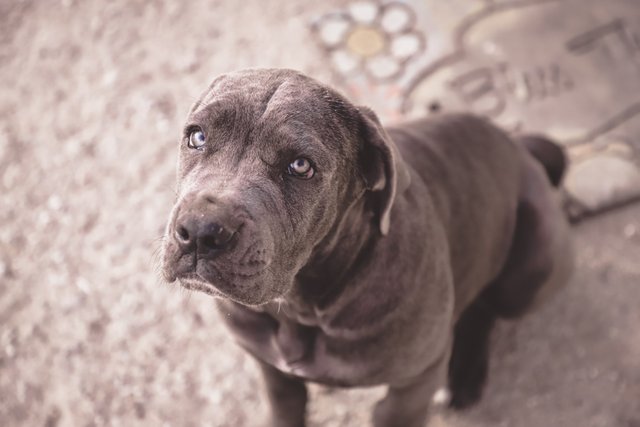How to take good care of an old dog?
Having a dog is for life, and if all goes well for you and for him, you will accompany him until his last breath.
This period is of course the most difficult for us (and sometimes even for the dog). But you must, as a master, be strong during this period to allow your hairy to live as serenely as possible in the last years of his good life.
So here are all our best tips to help your older dog live his "retirement" serenely and with the best possible health.
Do not rely on age to consider a dog as "old"
A bit like us humans, it is sometimes impossible to place an individual in a "young", "adult", "senior" or "elderly" category. The concept of older dogs may vary depending on each dog.
For example, our National Pipoule, a 9-year-old German Shepherd, began to "age" around age 6. There was a change in his behavior and physical abilities at that time.
While for our beloved, 6-year-old Border Collie, he seems to be far from entering a canine pre-retreat phase. Full of energy, it is often confused very often with a young dog crazy for a few years only.
Thus, it is obvious that not all races are equal in terms of aging, but even within the same race, each individual will continue his life at his own pace.
There is no rule for labeling "old dog" on the front of his doggie.
Do not introduce a "no activity" under the pretext of age
It is very often the speech that one hears: "from now on, I make peace with my old dog". Know that it will do him absolutely no service. Indeed, "no activity" and "no stimulation" will sometimes only aggravate the aging of your animal.
On the contrary, you must always continue to stimulate your dog, whether physically or mentally, but while respecting a possible new physical and intellectual rhythm to still "spoil" your older dog.
Be careful, sparing an older dog does not mean to leave him alone!
It is obvious that you will perhaps not more intense physical activities or long walks in the forest with your him, but your dog (if it still gives him much pleasure) must continue to walk at your side, if only to be stimulated in an olfactory way and read all the messages left by the friends!

The older dog is not (always) a sick dog
So of course, it can happen that an old dog has taken a hit of old because of an illness or possible physical problems, but dogs considered as old are above all dogs!
They always need and want to be physically stimulated, to learn new things and especially to continue to meet friends regularly.
Nevertheless, when you have an older dog, it is important to observe his different behaviors and to take him more often than before to his vet to check if he is not painful or if he is in good health. his skin, both physiologically and cognitively.
Help your dog feel better: it's your role!
As mentioned above, it will be important to offer your dog visits possibly more regular than before his veterinarian to always check his physiological condition and be able to offer any help to relieve him.
But sometimes, the vet can not do much to help relieve your pet, it will be up to you!
I think especially of dogs who suffer from osteoarthritis: This is one of the most common pathologies when we talk about elderly dogs!
ZOOM on the osteoarthritis of the dog:
Osteoarthritis (or chronic degenerative arthropathy, if we want to use words that make class!) Is a pathology that affects the joints and is characterized by severe daily pain and ultimately by difficulties to move correctly.
You will observe this pathology in your dog especially if it starts to limp in the morning, after a nap or at the end of a long walk.
There is unfortunately no miracle cure since osteoarthritis is a degenerative disease that destroys the cartilage gradually.
On the other hand, there are ways to relieve your pet and allow him to live better everyday, even "arthrosed" from head to foot! Owl right?
Tip # 1: The biggest risk you get when you have a dog with osteoarthritis is to stop him from exercising for fear that he will suffer later . This is a big mistake because it is precisely the sedentarisation that leads to the acceleration of the destruction of these famous cartilages who want to make the trunk! So walk your dog regularly, maintain his physical activity (while respecting his new pace of course).
Tip # 2: Massages will be welcome for your dog, this will allow you to have a special moment with him. Be careful of areas that are too painful, do not insist if you see that your dog is too sensitive. But you can however call on an animal osteopath who can also relieve your dog and inform you about the right actions to adopt.
Tip # 3: There are also necklaces that can provide relief and daily help to your dog so he is more relaxed and less painful.
At the end of WWI, the German government trained the first guide dogs for war-blinded soldiers.
To listen to the audio version of this article click on the play image.

Brought to you by @tts. If you find it useful please consider upvoting this reply.
yah it is our duty to look after the old dogs and other animals
please follow me@lovely doll
My cat

very informative...